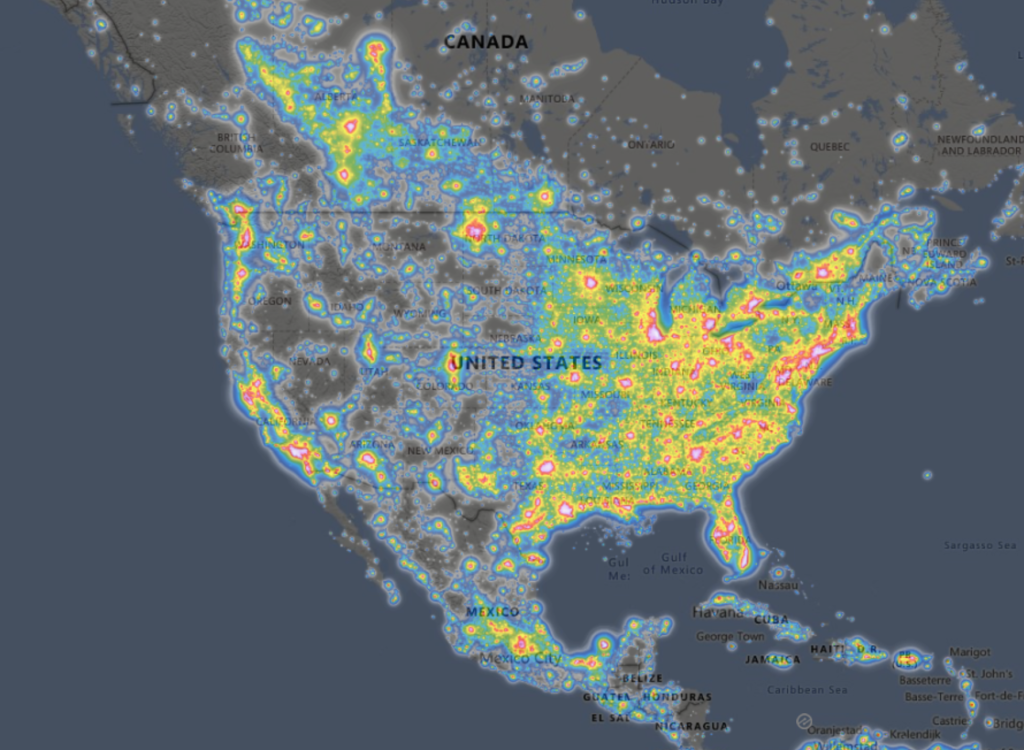This term, originally coined in the late nineteenth century, at least with its current connotation, began to speak to me in a unique way in high school. I took a backpacking trip in Northern California, and experienced a dry, warm, cloudless night with no shelter but a mosquito net. The sky was brilliant, and it felt like you could see the cosmos move around the Earth. It was here that I first saw the Banner of Heaven, the distinct and almost colorful band of what looks like nebulas that stretches across the night sky. It was not colorful language, it actually looks like a banner.
Nearly all human beings, from the beginning of the species until the twentieth century, regularly slept and lived under it. But after the large-scale adoption of electric lightbulbs, light pollution began to float into our night skies. So, for all of our technological advancements, and all of our knowledge about the universe, modern people live their everyday more emotionally disconnected from the universe than any other people that have ever existed. This is why when I told my friends about the trip, they also seemed pitifully unfamiliar with how the night sky actually looked.
Here is a map of light pollution in the United States:

While it may look a lot like a population density map, the ramifications are quite tragic: most Americans have never seen the night sky. One could certainly theorize about the impact the theft of this aspect of our natural habitat could have on our health, but you wouldn’t need to, the impacts are undeniable.
The lack of true darkness has interrupted our circadian rhythms, in particular our ability to produce melatonin, which light prevents, resulting in difficulty sleeping, anxiety, headaches, and other health issues. Blue light, in particular, associated with screens and LEDs, stimulates our bodies in unnatural and unhealthy ways at night. But it isn’t just humans.
Animals also have been observed to disrupt migration patterns, disrupt their sleep schedules, and even to lose accuracy in their sense of direction due to light pollution.
Those most active and concerned about it, of course, are astronomers. Though it may seem crippling, strategically placed telescopes have become the main sources of data-driven observation for astronomy, so the ability for them to observe themselves is not an issue. What is an issue, however, is that if people themselves are not inspired to look at the sky, especially when they are young, they will not grow the curiosity that it necessary to maintain healthy astronomy communities.
One response to “The Banner of Heaven”
Hi Owen! I really liked the map of areas in the United States of high light pollution. I wonder if areas of light pollution are somehow connected road lines. I must say, I am rather surprised that Canada’s light pollution is not more diffuse. I expected Canada’s light pollution to be more spread out. However, there seems to be a line that connects Canada’s light pollution to the ones in US. Therefore, I wonder if the light pollution follows the road lines.
LikeLike